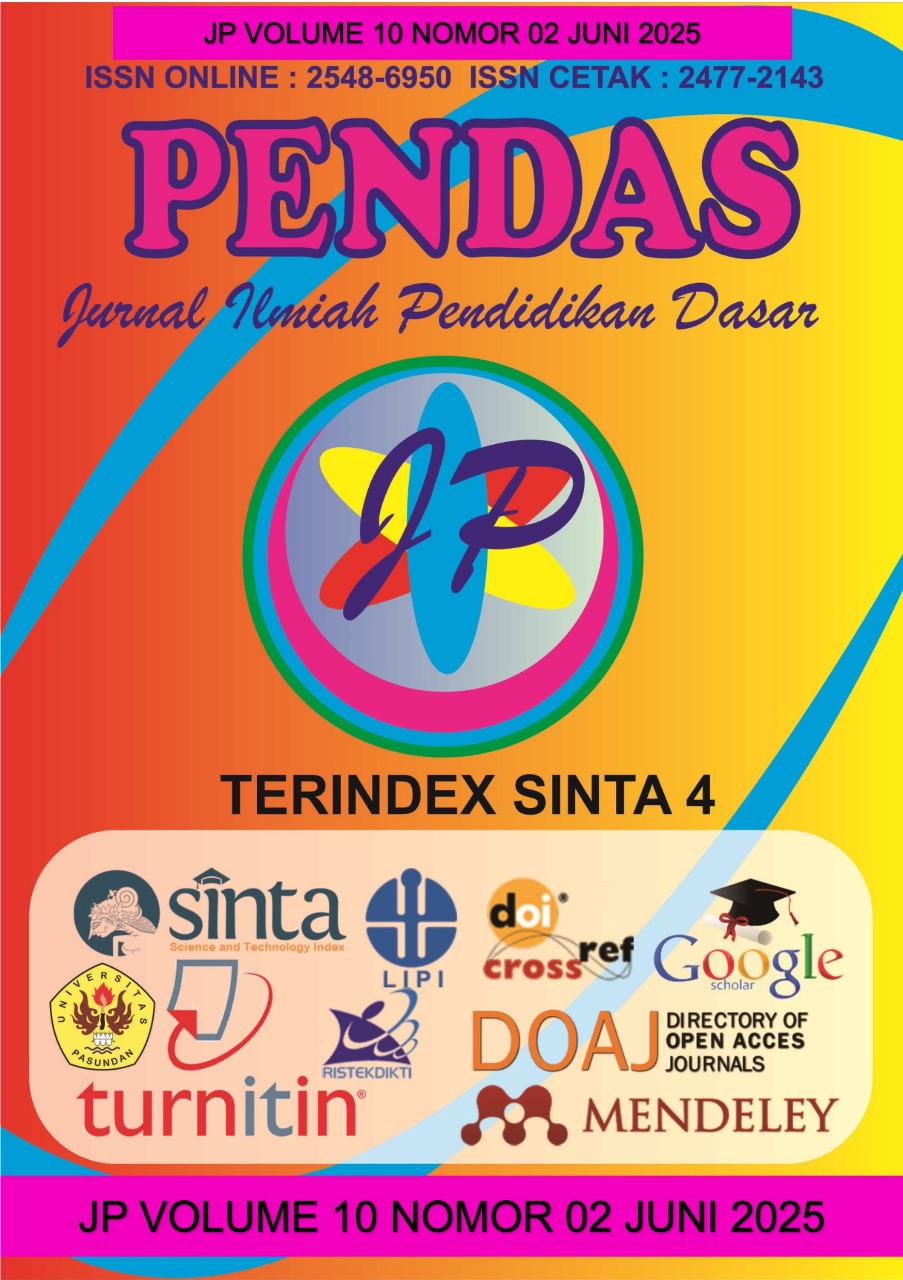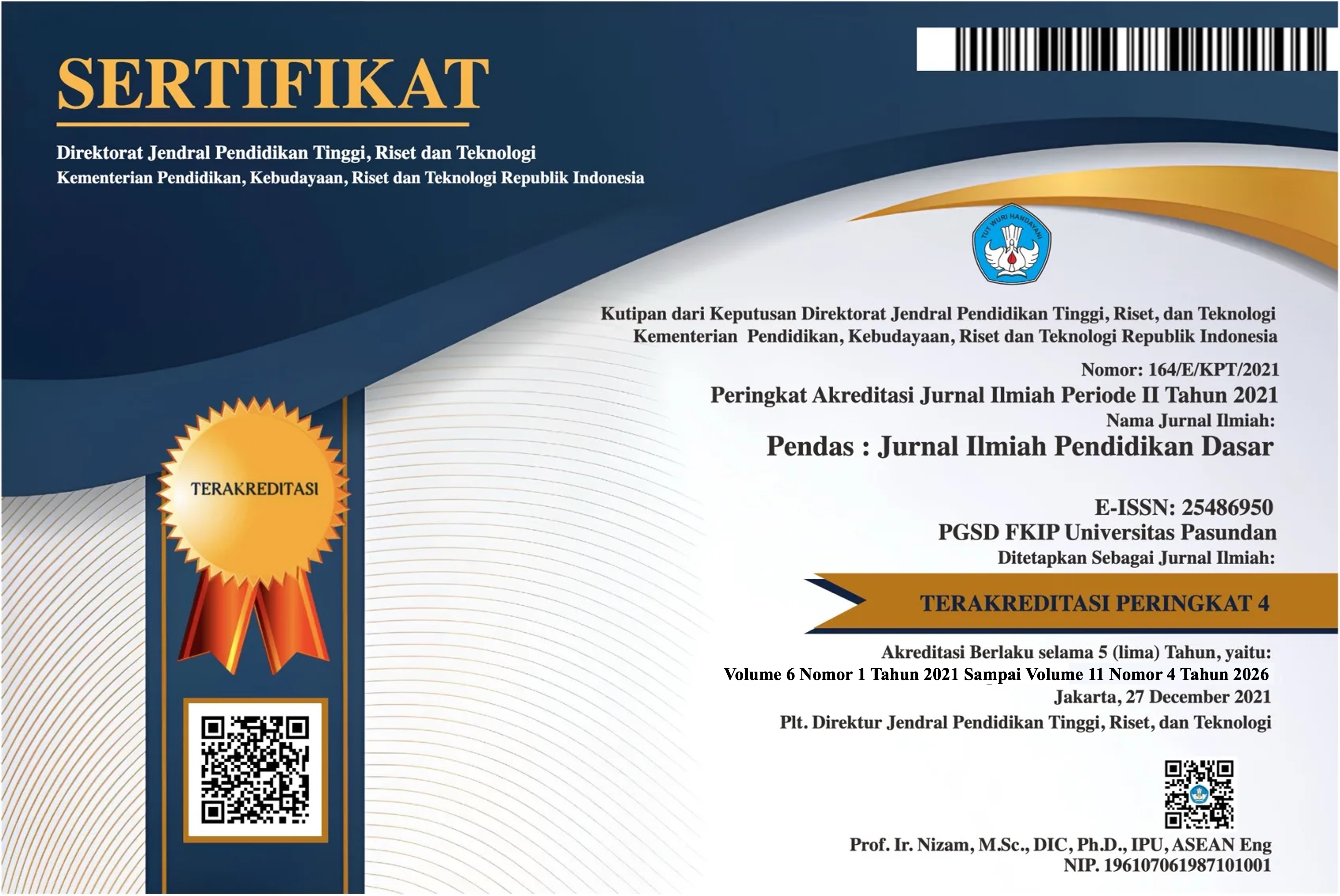KAJIAN GASTRONOMI MIE CELOR SEBAGAI MAKANAN KHAS PALEMBANG
DOI:
https://doi.org/10.23969/jp.v10i2.29300Keywords:
gastronomy, mie celor, traditional cuisine, Palembang culture, signature dish, culinary identityAbstract
Em This study aims to examine the role of gastronomic components in traditional mie celor noodles as a representation of Palembang's unique culinary culture. The issues raised are the low recognition of mie celor outside its region of origin and the limited preservation of its gastronomic value. This study employs a descriptive qualitative approach with data collection methods including in-depth interviews, observations, and documentation. The informants in this study consist of nine stakeholders (Nona Helix) representing business operators, visitors, suppliers, culinary experts, academics, and government officials. Data was analyzed using the Miles and Huberman model (data reduction, data presentation, and verification), supported by the NVivo application for keyword frequency mapping. The study found that mie celor possesses high gastronomic value across nine aspects: raw materials, cooking techniques, tasting, presentation, dining etiquette, dining experience, nutrition, history, and preservation. Words such as “noodles,” “celor,” “Palembang,” “shrimp,” “coconut milk,” and “culture” dominate the keyword frequency in the data, reflecting the strong connection between this dish and local cultural identity. The research findings also indicate that mie celor plays a role in strengthening Palembang’s culinary identity, but it has not yet been integrated into educational or promotional programs. Therefore, collaboration between the government, businesses, and educational institutions is needed to develop a cultural heritage-based culinary preservation program.
Downloads
References
Dewantara, Y. F. (2021). Analisa Potensi Wisata Kuliner Khas Betawi Dalam Pengembangan Pariwisata Di Kota Dki Jakrta. Jurnal Sains Terapan Pariwisata, 6(1), 20–28. journal.polteksahid.ac.id
Djunaid, I. S., & Sari, Y. (2023). Komodifikasi Ondel-Ondel Sebagai Tradisi Budaya Betawidi Kemayoran Jakarta Pusat. JurnalPesonaHospitality , 16(1), 1–13.
Dwantara, Y. F., Susanto, P., & Angelina, S. (2022). Pepes Sebagai Identitas Kuliner Khas Desa Walahar Kab. Karawang Jabar. Jurnal Pesona Hospitality, 15(1), 34–50.
Hardyanti, H., & Faidatun, N. (2022). Makanan Tradisional Mangut Beong sebagai Daya Tarik Wisata Gastronomi di Kabupaten Magelang Jawa Tengah. Destinesia : Jurnal Hospitaliti Dan Pariwisata, 4(1), 20–32. https://doi.org/10.31334/jd.v4i1.2551
Iskandar, H. (2022). Peran Koko Cici Jakarta Dalam Promosi Destinasi Budaya Tionghoa Studi Kasus Petak 9 Jakarta. Jurnal Manajemen Perhotelan Dan Pariwisata, 5(2), 144–151. https://doi.org/10.23887/jmpp.v5i2.50015
Marina Laskarin Azic, Dora Rasan, & Kresimir Mikinac. (2024). Gastronomy Tourism Experiences: A Review and Future Research Agenda. 195–210.
Ngurah, I., Suprastayasa, A., Rumadana, I. M., & Sabudi, I. N. S. (2023). Rekonstruksi Kuliner Lokal untuk Memperkuat Branding Makanan Tradisional Labuan Bajo. 11(1), 56–66. https://doi.org/10.52352/jgi.v12i1.1361
Nugroho, S. P., & Hardani, P. (2020). Gastronomi Makanan Khas Keraton Yogyakarta Sebagai Upaya Pengembangan Wisata Kuliner. Jurnal Pariwisata, 7(1), 52–62. http://ejournal.bsi.ac.id/ejurnal/index.php/jp52
Nurwitasari, A., Gaffar, V., Wibowo, L. A., & Sultan, M. A. (2024). Gastronomy Tourism Promotion : The Uniqueness of Culinary Attraction and Storytelling. 12(2), 943–960. https://doi.org/10.33019/society.v12i2.758
Pratiwi, I. (2021). Estetika Gastronomi Nusantara Dalam Media Digital. Jurnal Budaya Nusantara, 4(2), 248–257. https://doi.org/10.36456/jbn.vol4.no2.3628
Syaltut, M. S. A., Nurbaeti, N., & Gunawijaya, J. (2023). Budaya Pangan Masyarakat Badui Berbasis Kearifan Lokal (Study Budaya Pangan Badui Luar). Jurnal Gastronomi Indonesia, 11(1), 14–22. https://doi.org/10.52352/jgi.v11i1.989
Downloads
Published
Issue
Section
License
Copyright (c) 2025 Pendas : Jurnal Ilmiah Pendidikan Dasar

This work is licensed under a Creative Commons Attribution 4.0 International License.



















